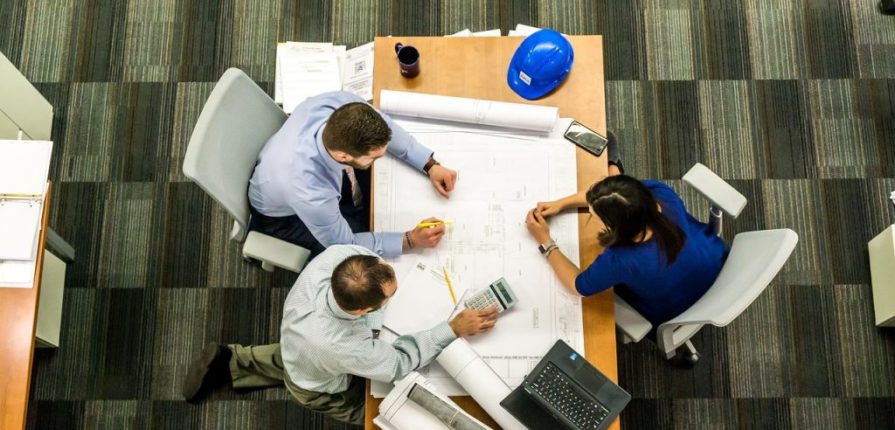Commercial construction deals with building and letting of apartments, either medical or shopping center, available spaces used for office services and more.
Majority of the construction of a new business takes place due to bidding. Planner’s design is given out as tender; various participants submit their bids and one with a good charge and plan is given the construction project.
Commercial building is demanded because of the increasing number of people at a specific place and their involvement in business demands for more construction.
When dealing with construction what are some of the aspects that are considered?
For a business owner and the company to hire, they have to make various decisions before beginning any work. John Stenmo, a construction specialist, explains how lack of proper planning of project or resources has caused multiple issues in the real estate.
To begin in the construction project, you have to look for a general contractor who is reliable. John says one has to identify their needs, money to spend and amount of time needed for completion of the project.
All this is possible only through a construction manager who will look at the project scope, financial plan and schedule and ensure it is within the arrangement made with the owner.
A well-outlined project scope forms the backbone of the whole developing process. Both the tenant and the moneymaking developer should have the same anticipation regarding where to start, what the product will come to be and what will it include.
In fact, various developments are of different species therefore clearly defining the extent of the development regarding strategy, conditions and charter documents ensure maximum achievements.
Both parties should comprehend what is contained in the objectives and documents. Most people assume this step. To avoid such scenarios, a pre-construction meeting is held before finalizing agreements with the general contractors and tenant to peruse what each party will give to the project.
Such clarity gives a chance to the subcontractors to inquire more about the project from the clients.
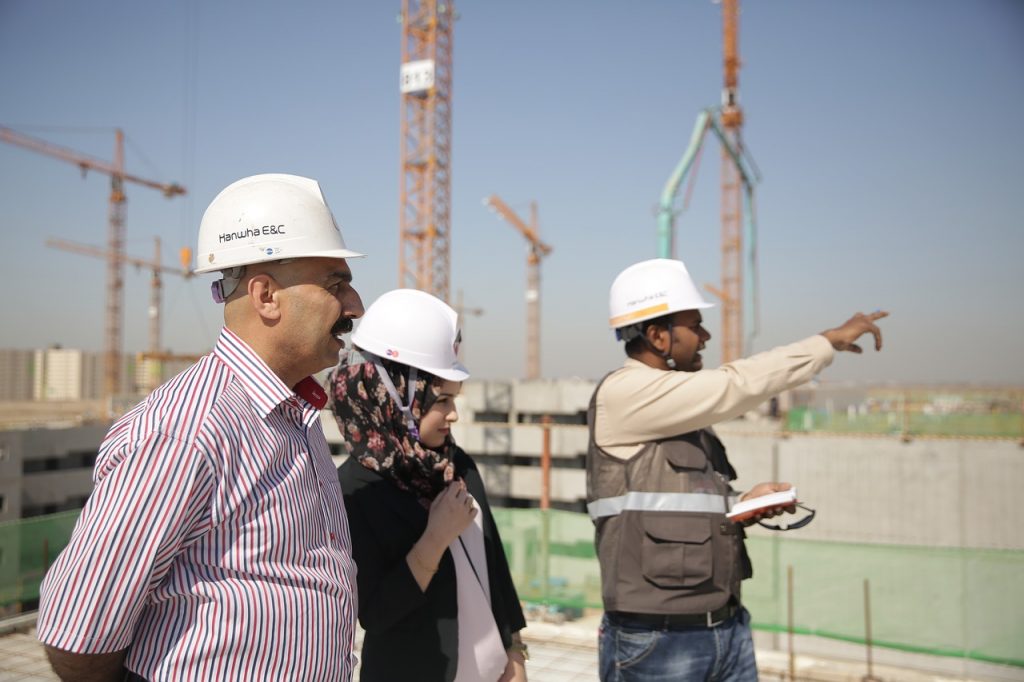
Furthermore, it aids in eliminating costly change orders during late stages of the process. However, installations of sub-standard products that do not satisfy consumers’ needs are highly discouraged.
Minimization of the cost is yet another crucial sector that makes financial planning a major necessity for the development process. Developing an expensive project that a developer cannot afford does more harm than good.
The first step in this is choosing a contractor who can be trusted and who can devotedly work with honesty and diligence.
A schedule is, either way, important as it provides a summary, which comprises of to-do list and an all through timeline. The aim is to set-up the innumerable tasks and people that are part of the development.
A competent schedule replicates some things such as sensitive deliverables, scope, and approximation of completion date. The project manager comes up with a timeline belonging to each of the subcontractors.
The process of commercial building
The many responsibilities, which enlist the moneymaking building process, could appear tremendous to fresh project bosses.
However, advancing them gradually makes them weigh easier. The various procedures used in construction depending on the company you choose to work with.
Here are the five stages of ground-up construction:
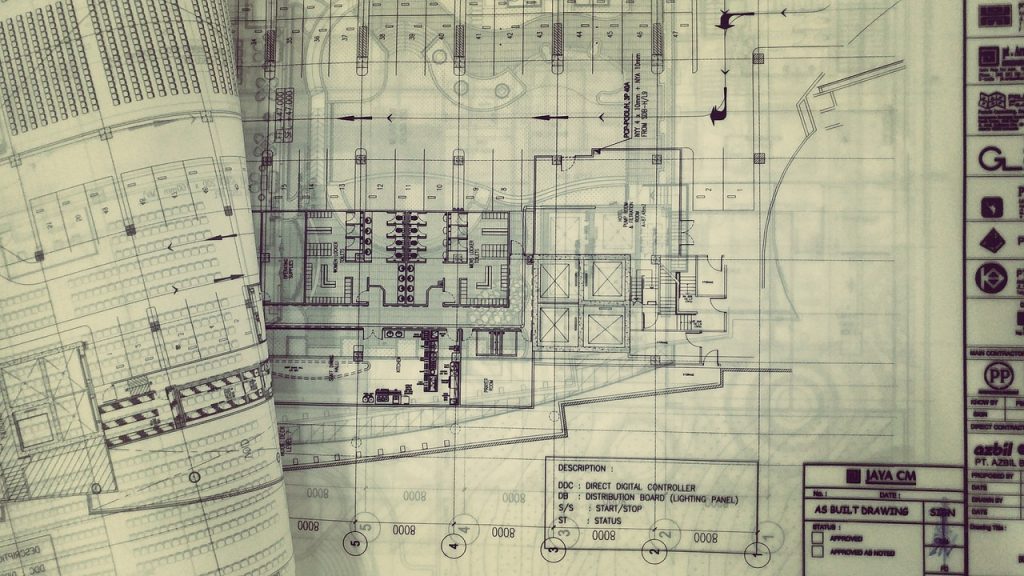
1. Design and discovery – The skilled personnel cautiously look at the project and approximate the cost, examine project feasibility, consider architectural designs and finally collect data and other required documents.
They advise the owner after looking if the project is feasible. Architects describe the shape and structure, narrowing down to the accurate patterns and sizes of the building.
Since the engineers have dealt with building throughout their lives, they can approximate the cost of the project and inform one on how to plan for their budget.
Finally, the contractor finalizes after looking at the paperwork, where the construction will be, and the bid prospects send and embark on working.

2. Preconstruction – the owner gives the main contractor a notification to begin the work after ensuring that building permits and insurance are available.
Designers write down the materials needed to start the work until the end, set up the final budget for the owner to analysis it.
Additionally, they pay a visit to the construction site to ensure everything is in order so that when they begin there will be ready and be conversant with the place making sure the soil is suitable for construction, no health hazard among other factors.

3. Procurement and funding – supplying of materials on time make the work of engineers very easy since they have to do their work without lacking anything.
The main contractor ensures the materials are bought on time according to the planned design and the approximated prize.
Equipment had to be procured on time and paid so that transportation of the materials is facilitated on time before the main work.
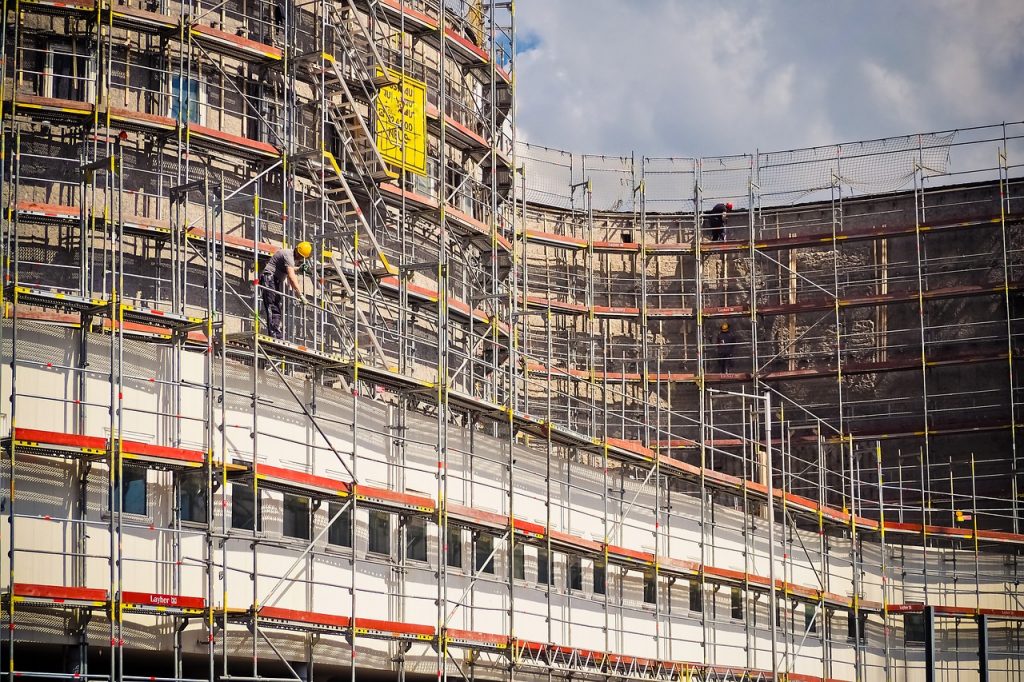
4. Construction development – the project construction is embarked on where the engineers start from the foundation until finishing.
The employed people do plumbing and electrical wiring as part of the construction. As they build, they take note of time planned to finish up, and the arrangement made between them and the owner.
At the end of the construction, a punch out is carried out to find if there are any minor problems such as cracked tiles and so on before any equipment are brought to the house.
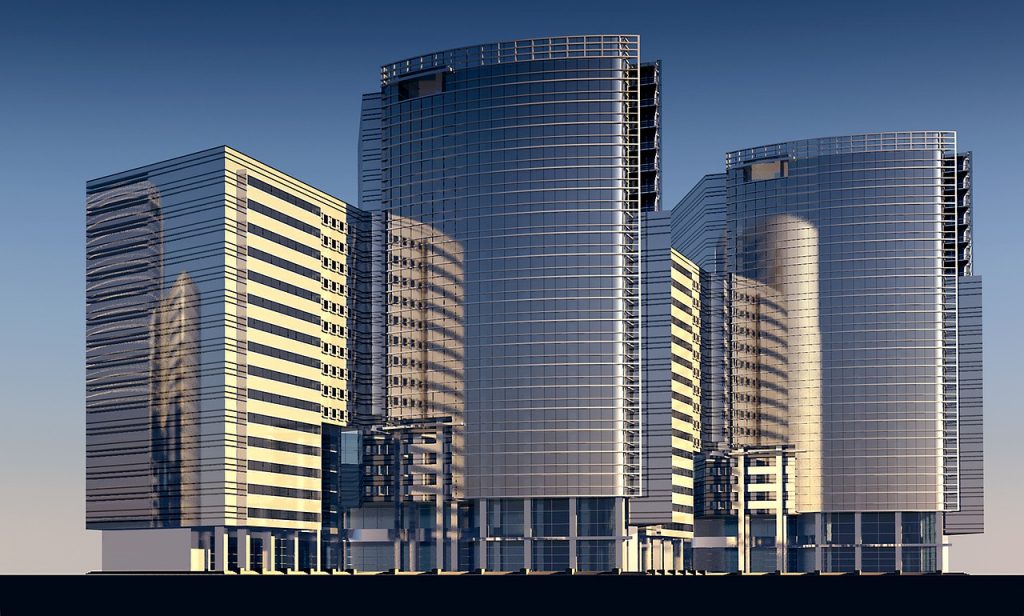
5. Post construction – when the designer is satisfied and is through with the work, a certificate of substantial finishing point is issued to the company so that final inspection can be done.
For successful building construction, it depends on the kind of contractor you assign the work. It can be done either well or poorly depending on their experience and the type of subcontractors that he/she comes up with. But the contracting firm, Sierra Group will solve all your problems and come up with a desirable building.



